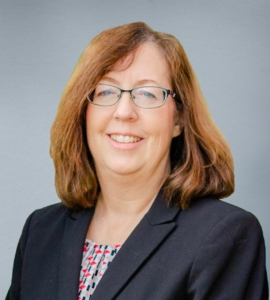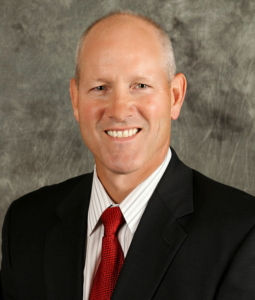Workers return in droves to businesses across the U.S.
By Hannah Flanders
Across the U.S., employers are seeing workers return following a mass reshuffle in employment. Beginning in 2021, the year following the initial shock of the COVID-19 pandemic, millions of employees began seeking new opportunities with different companies or shifting entirely to different industries. However, as competition continues to grow and COVID precautions subside, many are beginning to return to their previous employers.
COVID Gives Way to New Opportunities
The Great Resignation, spurred by aspects of the pandemic, gave individuals a push to reconsider their employment. The combination of COVID stimulus checks, early retirement, lack of childcare, and reluctance to return to the office caused many — over 47 million, according to the U.S. Bureau of Labor Statistics — to voluntarily quit their jobs in 2021.
While many of these individuals — 53%, according to Pew Research Center — did not completely exit the workforce, workers seeking higher pay orgreater benefits — including remote options — were presented with a greater opportunity to find a new employer.
Not What They Expected
The beginning of 2022 marked a new wave for employees — the Great Regret — or the reversal of the Great Resignation. Some in client-facing, technology, and consumer industries quickly realized that new roles or companies may not have been the best fit. With increasing turnover, onboarding within many companies became less personal and individuals were often not allotted enough time to get comfortable in their new environment. In addition, remote work offered fewer social interactions and work-life balance sometimes took a backseat.
Seventy-two percent of employees surveyed by Muse in early 2022 stated that they had experienced surprise or regret in connection to what a new job opportunity led them to believe. Of the 2,500 individuals surveyed, 80% stated that it would be acceptable to leave a new job before six months if it didn’t meet initial expectations.
Additionally, as widespread access to COVID-19 vaccination continues, businesses and schools across America have re-opened their doors and many individuals are reconsidering their desire for fully remote work. A survey conducted by PwC reported that around 83% of employees have already returned to the office at least two days of the week.
Boomerang Employees
Each year, the number of boomerang employees — or those who return to a previous employer — continues to rise. In 2021, according to data presented by LinkedIn, 4.3% of all new hires were previous employees whereas 10 years prior, these individuals only represented around 2% of new hires.
Rehiring former employees is strategic for both the employer and the employee, but it’s important to consider why they departed initially. While the business regains knowledgeable talents who may not need extensive onboarding, the employee often returns with a higher salary or new position (given their gained experience during their departure and increased negotiating power) and is familiar with the workplace culture.
According to Glassdoor, recruiting former employees could save organizations up to $20,000 per hire. While of course not every former employee may be the perfect fit for the position, considering boomerang employees could tap Wisconsin businesses into “new” candidates that have the ability to fill important positions and reduce costs in today’s competitive job market.
Returning to the Workforce
As pandemic precautions subside and employees rethink previous career changes, many individuals are returning to their previous employers. According to a study conducted by Joblist, more than one in four people who quit their previous job regret their decision.
Although boomerang employees remain a small but growing percentage of new hires each year, the Great Regret has shown the return of many individuals who had previously left the workforce due to the pandemic, including those lacking childcare or entering early retirement.
Be it to combat rising inflation or to explore new opportunities outside of the home, 2022 has shown millions of individuals returning to work. Just this year, unemployment rates in Wisconsin hit record lows thanks to more individuals feeling comfortable with returning to the office, parents sending their children back to in-person classes, and previously retired Americans rejoining the workforce in droves.
Whether it be considering “boomerang employees” or welcoming back those who exited the workforce as a result of the pandemic, businesses throughout the state are seeing more opportunities to regain workers lost to the Great Resignation and benefit from the growing talent pool.





 By Rose Oswald Poels
By Rose Oswald Poels By Kenneth D. Thompson
By Kenneth D. Thompson
 Navigating, planning, and embracing change through a global pandemic
Navigating, planning, and embracing change through a global pandemic

